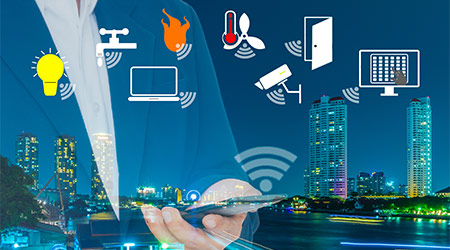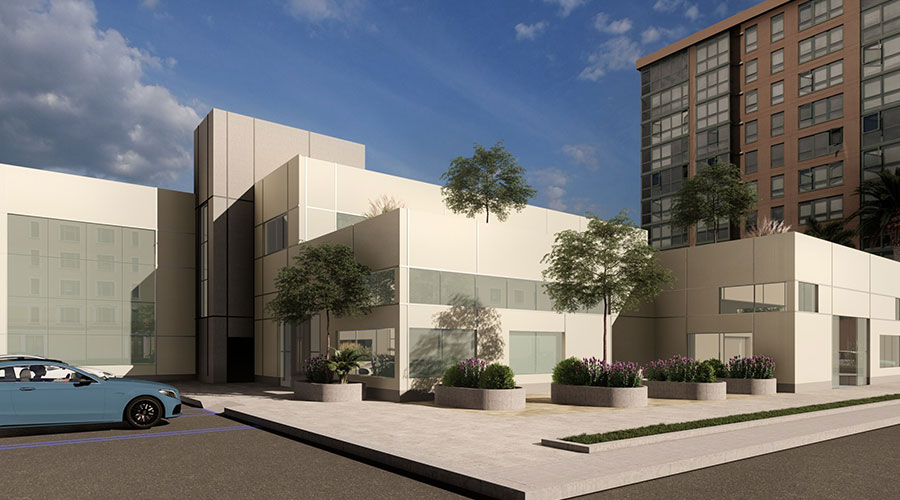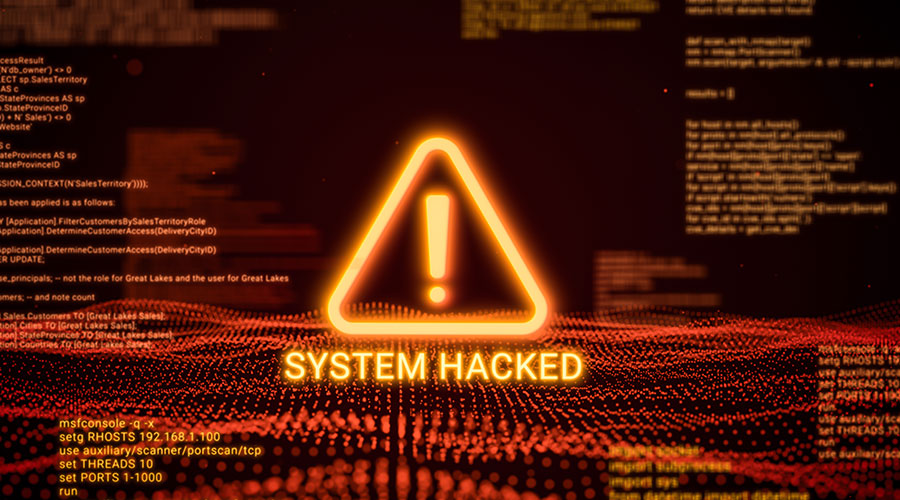Internet of Things (IoT) is a game changer for facility managers responsible for maintaining the intricate array of labs, operating rooms, equipment rooms, specialized care units and patient rooms that comprise a hospital. Collaborating with healthcare facility managers, insurance firm Chubb deploys IoT sensors to monitor hospitals for vulnerabilities to water damage and changes in humidity and temperature. These sensors identify potential risks before they become problems, thus averting costly damages, time-consuming repairs, and a disruption of hospital operations.
In this Q&A, Chubb’s Hemant Sarma explains how facility managers are using Internet of Things technology as a proactive risk mitigation strategy that can help predict and prevent property damage to hospitals.
How do IoT sensors operate and why do they make life easier for busy hospital facility managers?
Sarma: Small, battery operated IoT sensors are installed at critical locations within a hospital, including boiler and mechanical rooms, treatment areas, and HVAC and fire sprinkler systems. These sensors monitor and detect the slightest changes to temperature, humidity, and water leaks, as well as factors that could indicate an increased risk of water damage. Using a high-security cellular gateway system, sensors send 24/7, real time alerts directly to an app on the facility manager’s smartphone. The intuitive dashboard pinpoints the location of the sensor and the reported issue. The sensor system is monitored by a 24/7 call center available to troubleshoot any tech issues and follow-up on alerts with texts, emails and phone calls.
The impact of false alarms can be critical, especially in sensitive environments such as hospitals and research laboratories. We spend a lot of time testing for false alarms and diagnosing device failures.
Why are sensors especially important in healthcare facilities?
Sarma: While every industry is vulnerable to water damage, healthcare tops the list, where non-weather related water damage accounts for 57 percent of all hospital property losses.
IOT sensors monitor floors or spaces above complex equipment that’s highly vulnerable to water damage and fluctuation in temperature, like MRI machines, CT scans, linear accelerators and X-ray machines. Subtle temperature changesinsensitive environments like hospital labs can compromise the integrity of vaccines, pharmaceuticals test results, and research samples. Refrigeration failures or changes in humidity conditions jeopardize optimal operating room conditions. IoT sensors act as an overlay of protection in such critical hospital settings, helping to avert a disaster like the need to move patients due to a water leak in the wing.
Can you share an example of IoT sensors in action?
Sarma: One of our clients, a major east coast hospital, suffered significant water damage that originated from a roof hatch, which was located immediately above the pediatric unit. The following year, we collaborated with this hospital on installing IoT sensors to help prevent a water damage recurrence. Shortly after installation, the sensors demonstrated their value, immediately alerting facility management and Chubb risk engineers to leaks on three occasions. The sensors detected water flow above an electrical panel, a leak in a drainpipe and a leak in a roof hatch – the very same hatch that had been the source of the earlier leak. In each case, the issues were fixed before there was any damage, potentially saving millions of dollars as well as the loss of use of sensitive hospital equipment.
What’s an example of a hidden risk that IoT sensors capture?
Sarma: Sensors have the remarkable capacity to provide a report on potential mold growth, a significant issue that even the most experienced managers might overlook. If it goes unchecked, mold can cause air quality and health issues, creating a more serious environmental problem within a hospital.
Hospitals come in different shapes and sizes with multiple building types. Yet they all share a similarity, risks associated with water leaks, and in cooler climates, freezing pipes. Often, the pipes aren’t located in areas that are easily monitored, and so sensors capture these risks. Traditional building systems monitor heating and cooling systems and help to optimize energy costs but they don’t detect the presence of a leak or if conditions are conducive to a pipe freeze.
How does the facility manager know where to place these sensors?
Sarma: We collaborate with healthcare facility managers to help design a bespoke plan, one that meets the unique needs and challenges of the particular hospital. This specialized plan includes: selecting the optimal sensor product for your needs, identifying the right quantity of sensors and where to place them, and ensuring that the right type of sensor is installed at each location.
The facility manager has access to an online portal that includes the installation guide and other helpful documents, and a call center staffed with technicians is available to help address any questions.
The sensors monitor for conditions such as low or high room temperatures, moisture in the air, high temperature in a refrigerator and the presence of water, protecting everything from high-value areas like medical labs and rooms with medical equipment, to patient floors.
What kind of alerts might a facility manager get on his/her smartphone?
Sarma: The alerts are tiered according to severity from advisory to actionable.
Take, for example, a pipe freeze condition. The facility manager may get an advisory alert that the indoor temperature is dropping and is abnormally low, indicating that a heating system may have failed. If the temperature drops further, which could lead to a potential leak, the facility manager gets an actionable alert. All actionable alerts provide an email, text, and are followed-up with a phone call from our customer service team. In the event of a burst pipe, the facility manager gets an immediate actionable alert.
Any final thoughts on the value of IoT sensors?
Sarma:Healthcare facility managers have a weighty responsibility to protect property and patients, and maintain a safe environment. This is the next generation of risk mitigation, and we want today’s facility managers to be aware of the capabilities of IoT technology.
Hemant Sarma — IoT@Chubb.com — is the senior vice president of Internet of Things with Chubb.

 UF Health Hospitals Rely on Green Globes to Realize Their Full Potential
UF Health Hospitals Rely on Green Globes to Realize Their Full Potential How Healthcare Facilities Can Be Truly Disaster-Resilient
How Healthcare Facilities Can Be Truly Disaster-Resilient TriasMD Breaks Ground on DISC Surgery Center for San Fernando Valley
TriasMD Breaks Ground on DISC Surgery Center for San Fernando Valley Bigfork Valley Hospital Falls Victim to Data Breach
Bigfork Valley Hospital Falls Victim to Data Breach AI-Driven Facilities: Strategic Planning and Cost Management
AI-Driven Facilities: Strategic Planning and Cost Management